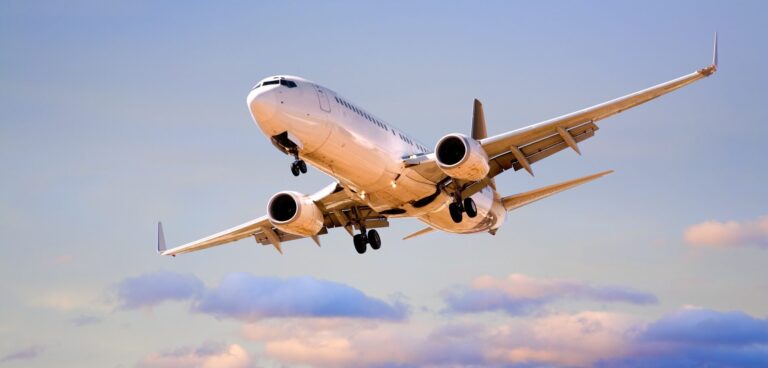The International Air Transport Association (IATA) and World Meteorological Organization (WMO) have signed an agreement to increase and improve the automated reporting of meteorological data by commercial aircraft.
The new initiative, called the WMO and IATA Collaborative AMDAR Programme (WICAP), aims to expand the existing WMO Aircraft Meteorological Data Relay (AMDAR) system to ensure coverage over data-sparse areas. The agreement is expected to bring many additional and new partner airlines into the program, which is already supported by approximately 40 airlines covering several thousand passenger and cargo aircraft.
“One of the many unfortunate aspects of the Covid-19 crisis has been the severe loss – of up to 90% – of aircraft-derived meteorological data as a result of the steep decline in airline operations and passenger flights since March 2020,” said WMO secretary-general Professor Petteri Taalas. “Meteorological services and other data providers have tried to offset this loss, but there has been a measurable negative impact on the accuracy of weather forecasts as a result of AMDAR data reductions.”
“Safety is aviation’s highest priority and ensuring airlines and other safety stakeholders have access to the most comprehensive and reliable weather forecast data is vital to achieving this,” added Alexandre de Juniac, IATA’s director general and CEO.
“It is important that in rebuilding and re-establishing their operations, airlines are able to take advantage of all available cost and operational efficiencies. One such efficiency can be derived from the enhanced use of better-quality weather forecasts and other meteorological information that results from the improved availability of AMDAR data.”
Under the new collaboration, the WMO will take on the role of establishing a regionally based operational framework for reception and processing of the data. IATA will be responsible for promoting airline participation in the program and help coordinate technical solutions for data relay, while protecting the airlines’ ownership of the data.



